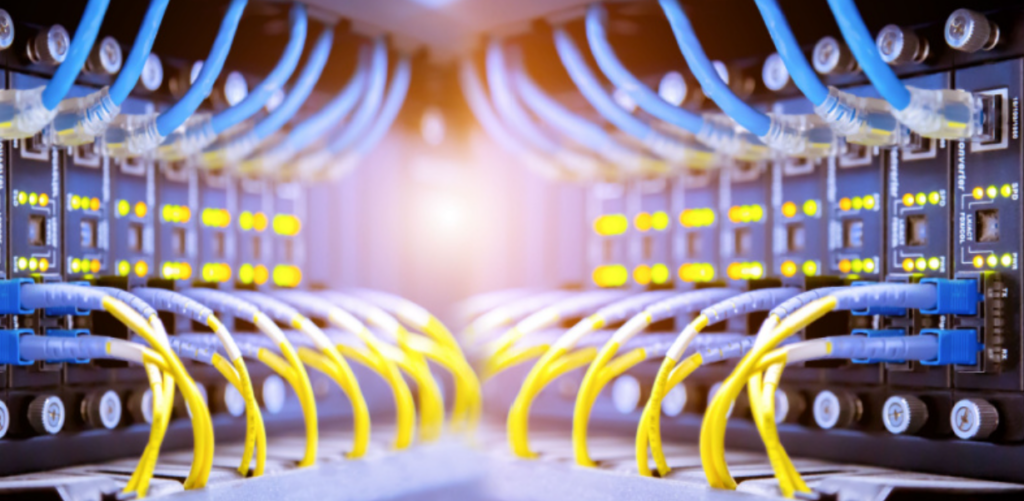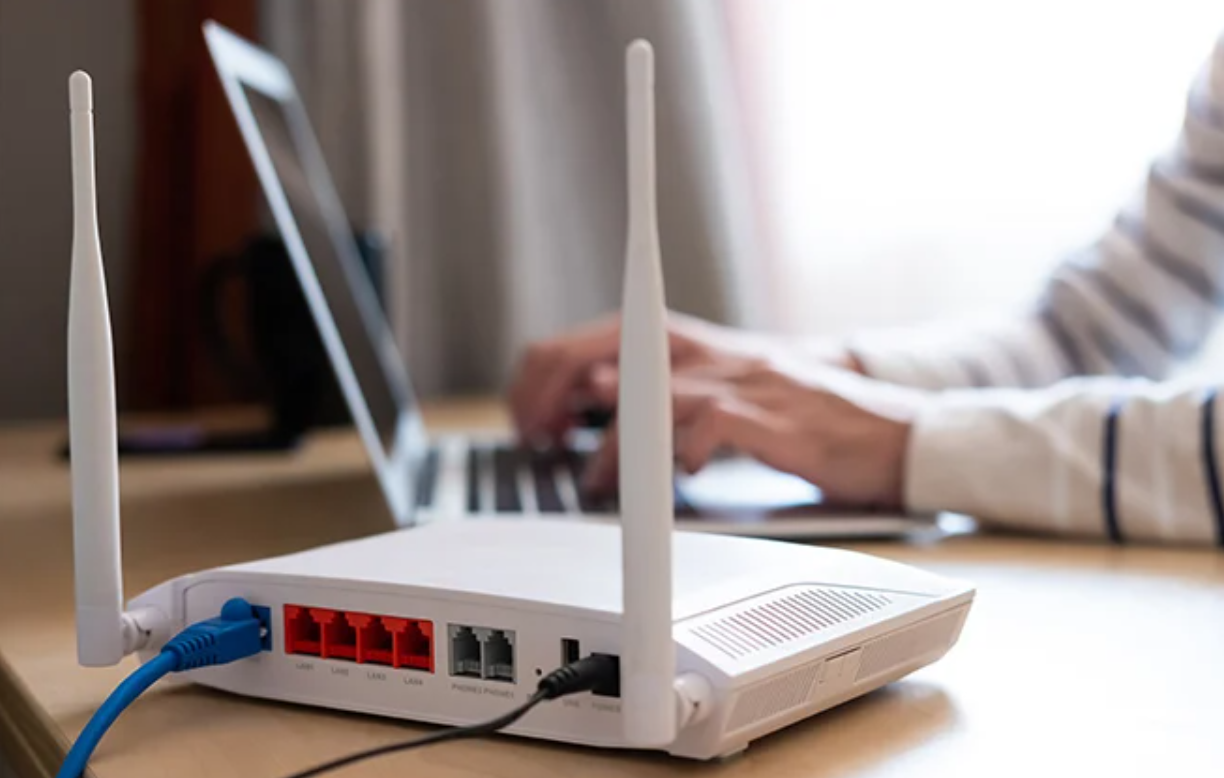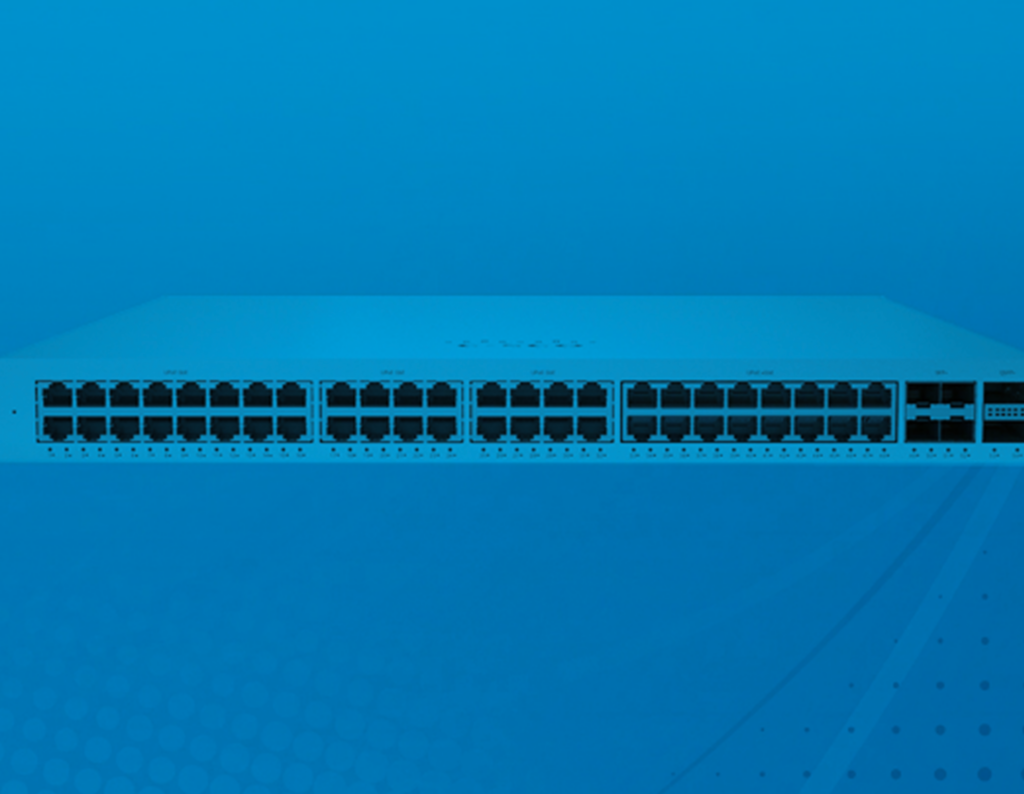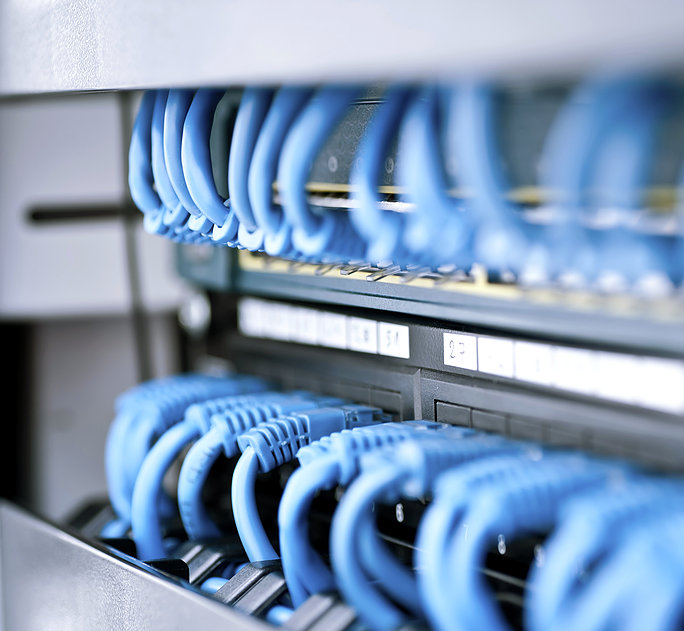
Nowadays, networking devices are more important than ever. They ensure seamless data transfer between different network segments and help businesses and individuals stay connected. Without these devices, achieving high-speed internet connections and efficient network performance would be nearly impossible.
Networking devices such as routers, switches, and hubs are essential components in both small home networks and large corporate environments. They help manage network traffic, provide security, and ensure that data reaches its intended destination. Understanding the specific roles can help in optimizing your network setup and performance. Read on to know the comparison of a router vs. a switch and a switch vs. a hub!
A router is an intelligent device that directs data packets between different networks. It uses a routing table to determine the best path for data to travel from the source to the destination IP address. Routers are essential for connecting multiple networks, such as local area networks (LANs) to wide area networks (WANs), and are critical for managing internet connections.

Routers perform various functions beyond basic routing. They provide logical segmentation of networks, enhance security through firewalls, and manage network traffic with features like Quality of Service (QoS). Wireless routers also offer the convenience of connecting multiple devices without the need for physical cables. They are a popular choice for home and office networks.
Routers can also handle complex tasks such as NAT (Network Address Translation) and DHCP (Dynamic Host Configuration Protocol). These tasks help manage IP addresses and ensure that devices within a network can communicate effectively.
A switch is a network device that connects multiple devices within a single network. Unlike a hub, which simply broadcasts data to all connected devices, a switch is more intelligent. It uses an address table to send data only to the specific destination device. This helps reduce unnecessary network traffic and improves overall network performance.

Switches operate in either half-duplex or full-duplex mode. In half-duplex mode, data transmission happens in one direction at a time, while full-duplex mode allows simultaneous data transmission in both directions. This capability significantly enhances network speed and efficiency, making switches ideal for environments with high data transfer requirements.
Switches come in two main types: managed and unmanaged. Unmanaged switches are simple, plug-and-play devices that require no configuration. Managed switches, on the other hand, offer advanced features such as VLAN (Virtual Local Area Network) support, QoS, and remote management capabilities. These features provide greater control over network traffic and performance.
Switches are crucial in business networks, where efficient data handling and network segmentation are vital. They can connect various network segments, manage data flow, and ensure that communication within the network is fast and reliable. With multilayer switches, which combine the functionalities of both switches and routers, businesses can achieve even greater flexibility and efficiency.
A hub is a basic networking device that connects multiple devices within a network. Unlike switches and routers, hubs operate in a simpler manner. When a hub receives data from one device, it broadcasts the data to all other connected devices, regardless of the intended recipient. This can lead to network congestion and reduced performance, especially in larger networks.

Hubs operate in half-duplex mode, meaning that data transmission can only occur in one direction at a time. This limitation can result in collisions, where two devices attempt to send data simultaneously, causing network delays. Because of this, hubs are generally used in smaller networks or as temporary solutions when more advanced equipment is not available.
Despite their limitations, hubs can be useful in specific scenarios. For instance, in a small office network with minimal data traffic, a hub can provide a simple and cost-effective solution for connecting devices. However, when comparing a switch vs. a hub, switches are the preferred options for networks requiring higher performance and efficiency.
When comparing switches, routers, and hubs, the key differences lie in their functionalities and how they handle network traffic. A router connects multiple networks and directs data packets using a routing table, making it essential for managing internet connections and providing network security.
On the other hand, a switch connects multiple devices within a single network and uses an address table to send data only to the intended recipient. This targeted approach reduces network congestion and improves performance.
Hubs, while simpler and less efficient, still have their place in networking. They connect devices within a network by broadcasting data to all connected devices, which can lead to network congestion. This makes hubs suitable for smaller networks with low data traffic but less ideal for larger, busier networks.
The router vs. switch comparison highlights that routers are necessary for connecting different networks and managing IP packets. Meanwhile, switches are better for improving internal network performance and managing data flow within a single network. The switch vs. hub comparison shows that switches provide better efficiency and performance by sending data only to the intended recipient. Hubs broadcast data to all devices, leading to potential network slowdowns.
Choosing the right device depends on your specific networking needs. You should consider the scale of your network and the type of data traffic it handles. For larger networks with high data transfer needs, managed switches offer advanced features like VLAN support and QoS, which can optimize performance.
Another factor to consider is the level of control and customization you need. If you require detailed management of network traffic and security features, it is advisable to invest in a managed switch or a router with robust capabilities.
However, simpler devices like unmanaged switches and hubs can be effective for straightforward and budget-friendly solutions. Assessing your network’s specific requirements will guide you in choosing the right device to meet your connectivity and performance goals.
In summary, understanding the difference between a router and a switch and knowing when to use a hub can greatly impact your network’s performance and efficiency. Each device has its strengths and weaknesses, and selecting the right one can ensure smooth and reliable network operations.

Stay informed about our newest releases and updates